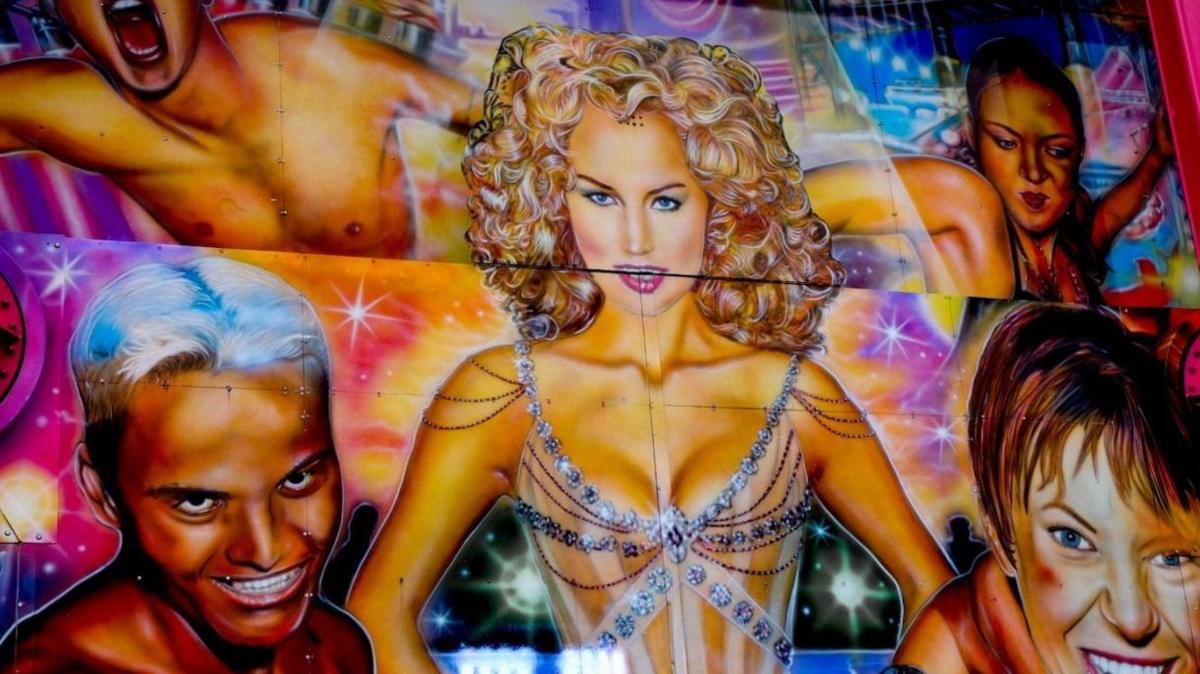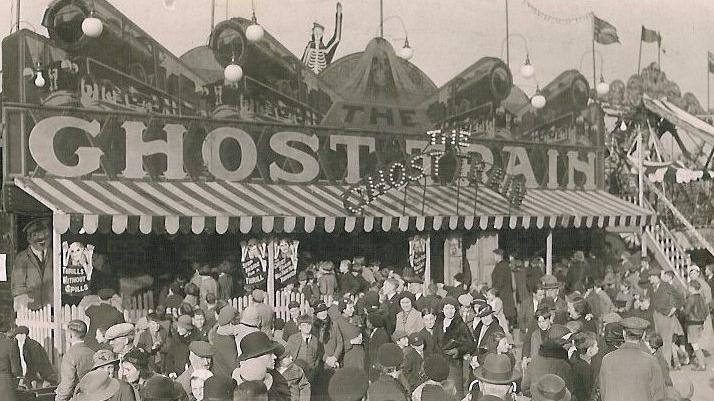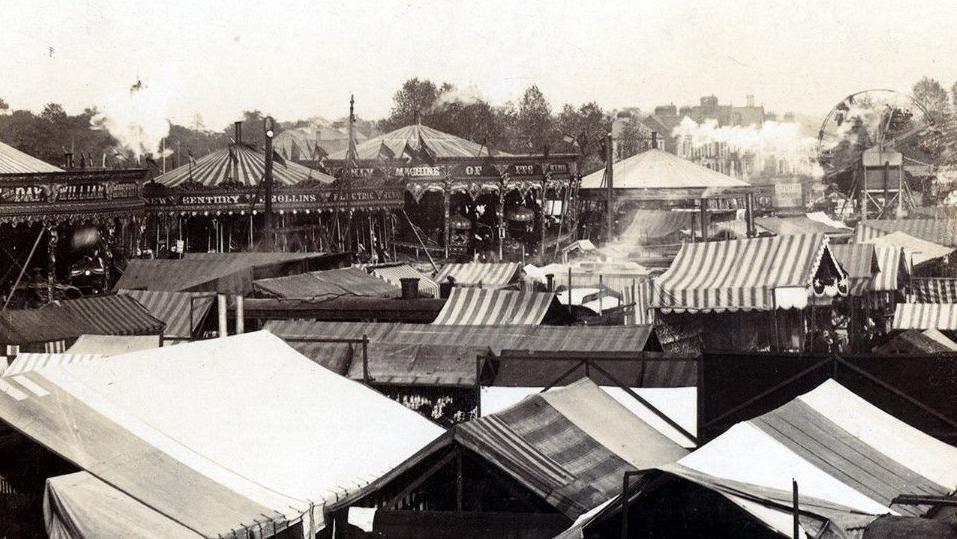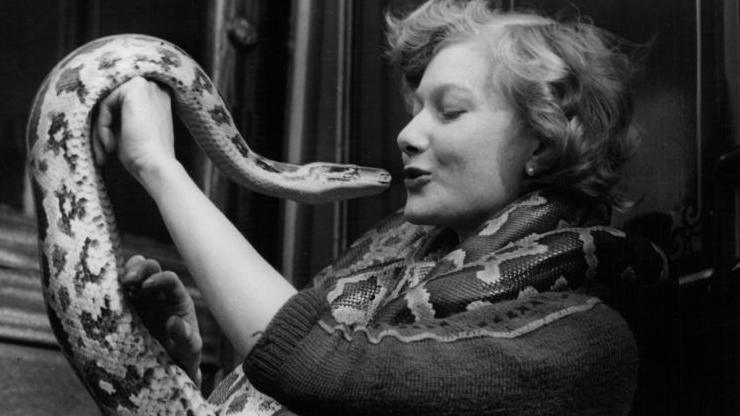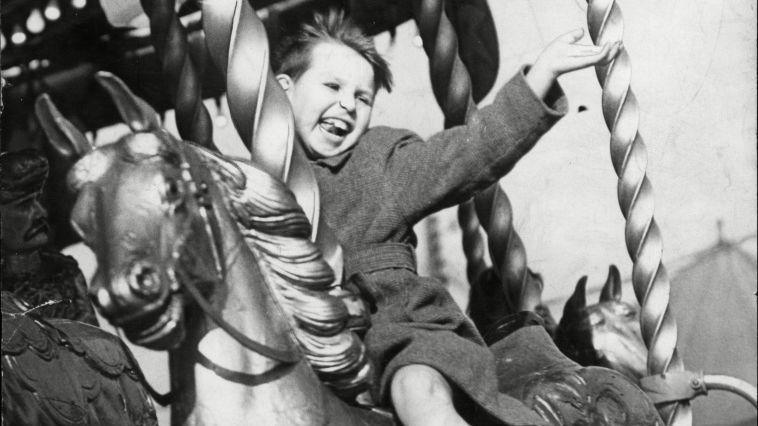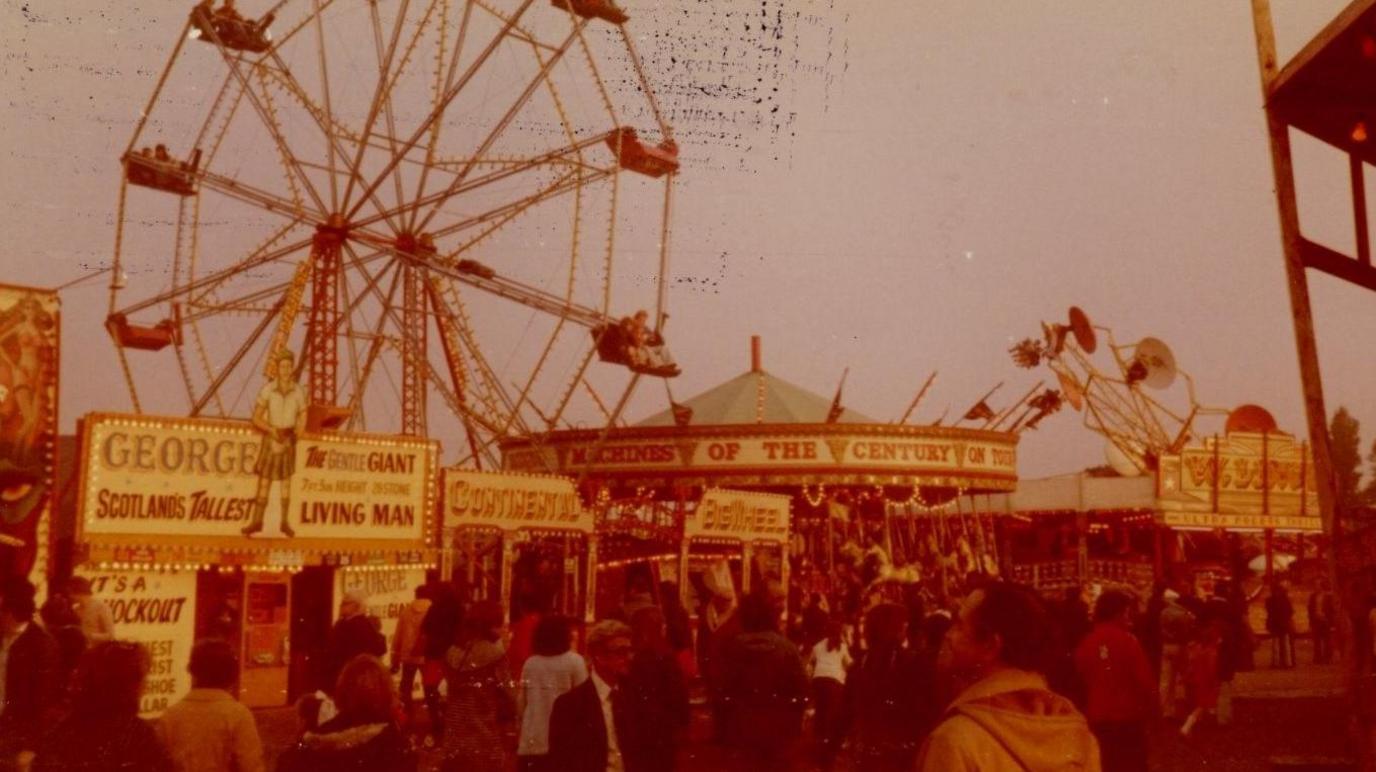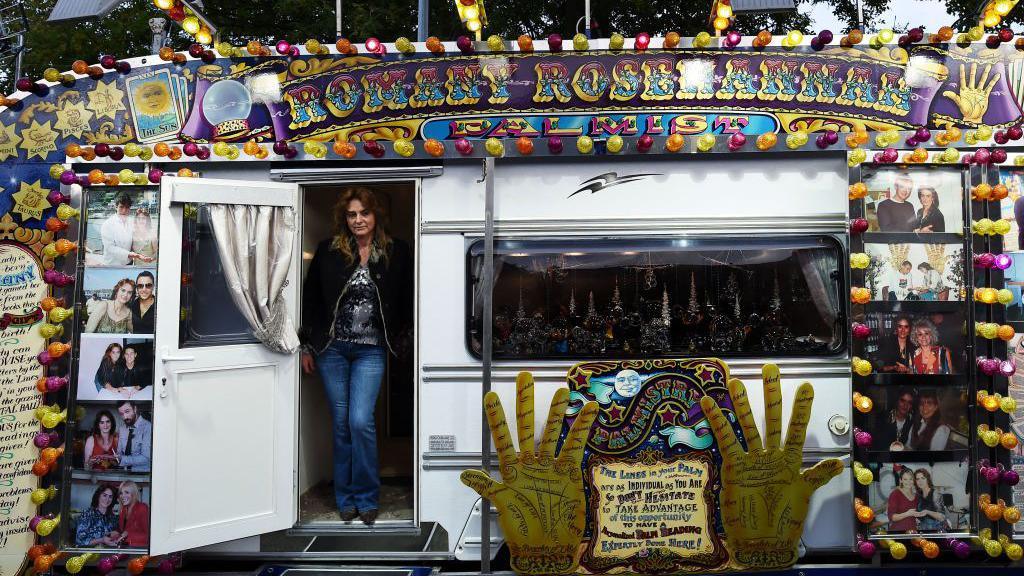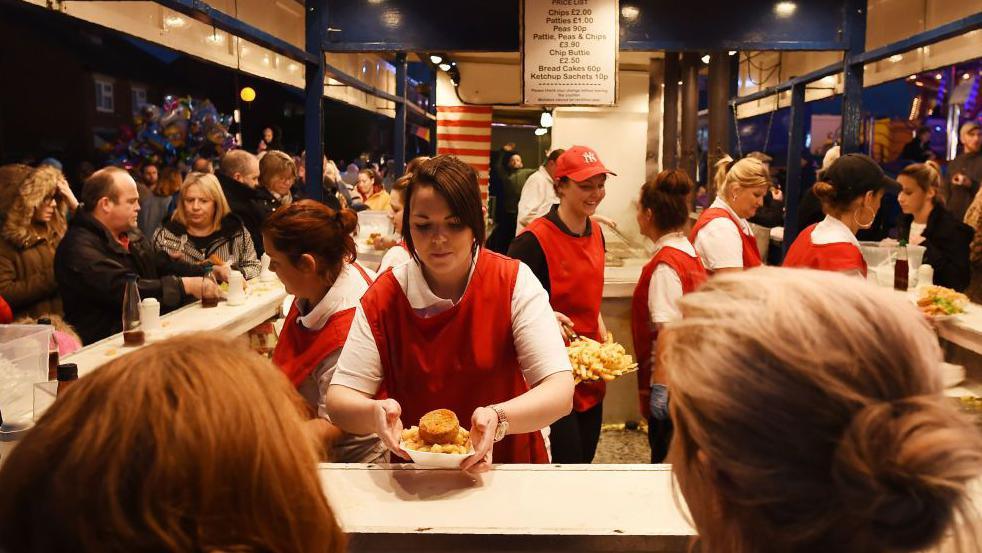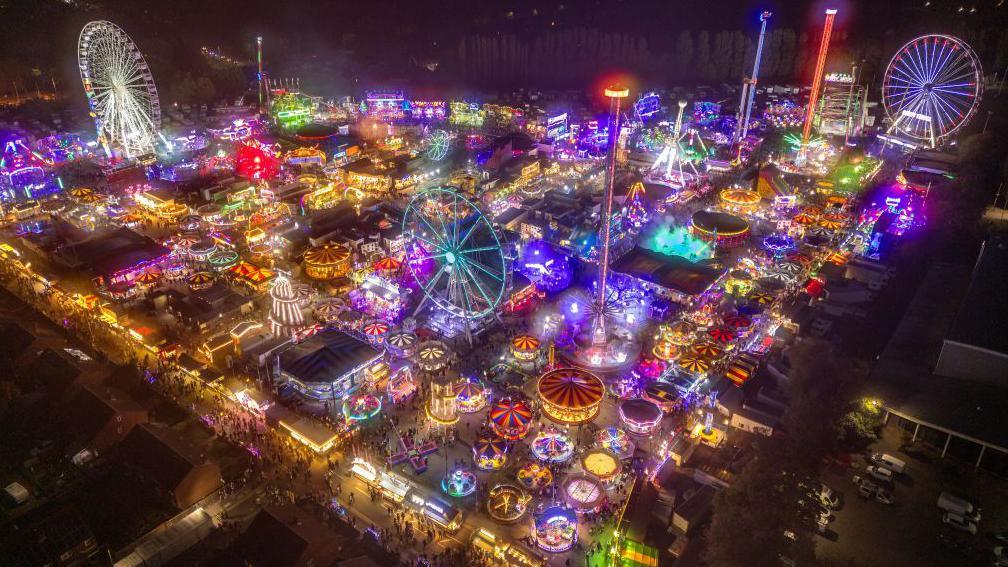From freak shows to Instagrammers, how 700-year-old fair has changed
- Image source, Hull History Centre
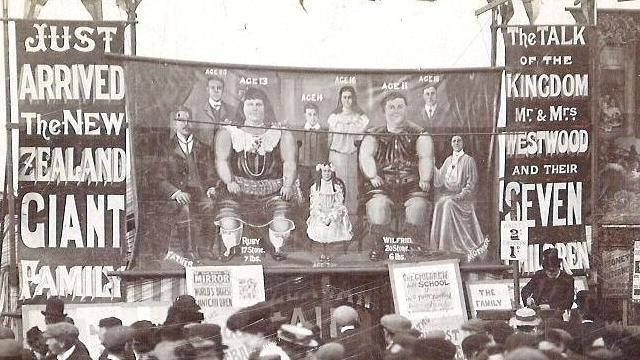
Image caption, New Zealand's giant family was among the attractions at Hull Fair in the 19th century
1 of 9
- Published
Hull Fair is one of the biggest travelling fairs in Europe. Now in its 731st year, once "freak shows" were a big draw for crowds, but is now popular with social media influencers.
It originated when King Edward I acquired Hull in 1293 and ordered there to be an annual six-week fair to be held from 25 May until 6 July.
However, it was not a fun fair. Rather it started as a big market, selling cloth and manufactured goods, attracting people from all over the north of Europe.
But it wasn't long until the fair - enshrined in the city's 1299 charter - shifted its focus to entertainment and amusement.
'Freak shows'
Once the stalls had closed and trades were done, locals and those from further afield wanted to be entertained.
"There were freak shows," Martin Taylor, city archivist at Hull History Centre, says.
"There were also animal displays and things like boxing and wrestling matches."
It also used to feature musicians, circus performers and other exhibits and curiosities.
The New Zealand "giant family" once appeared at the fair. Ruby and Wilfred Westwood were siblings billed as "the biggest girl in the world" and her "huge brother".
Born as part of an average-sized family, the pair were paraded around fairs so the public could mock their abnormal size.
A law passed in 1871 saw the majority of traditional fairs shut down by Victorian politicians who complained of "grievous immorality", including rowdy behaviour and drunkenness.
But Hull Fair has survived longer than most. Martin says he believes "The Greatest Showman" style of entertainment started to fizzle out in the 1960s.
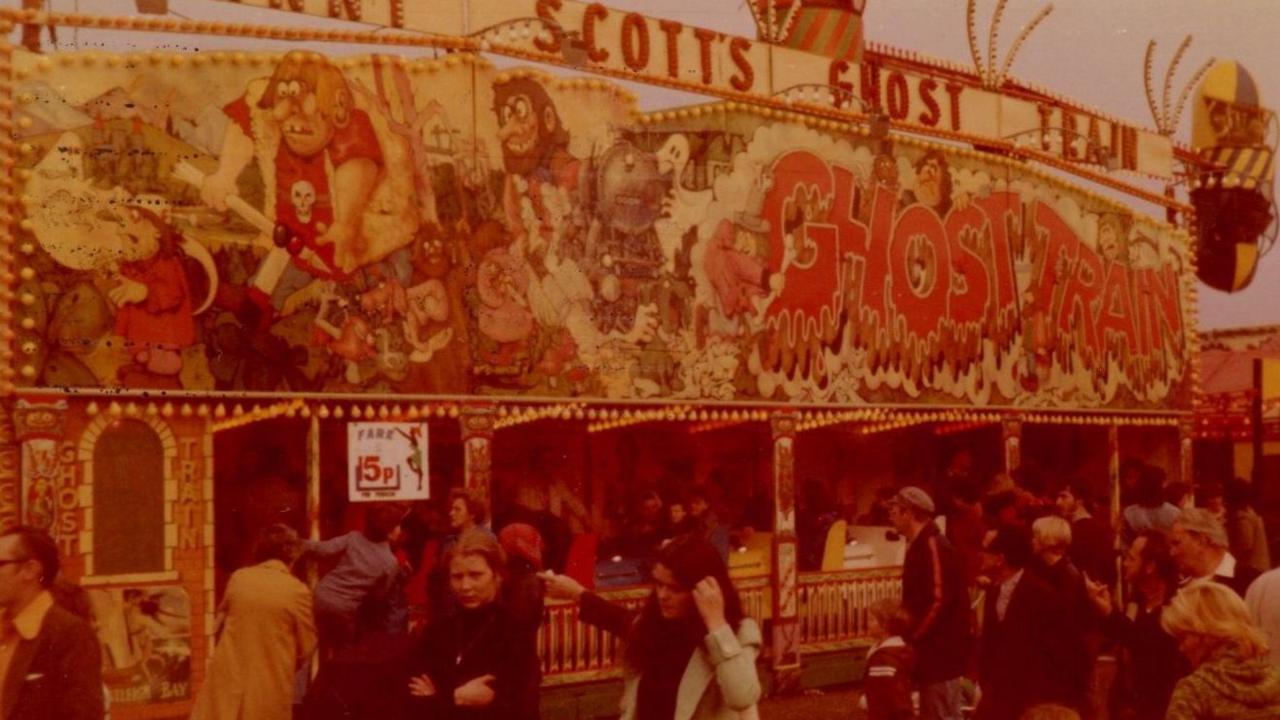
A ghost train costing just 15p to ride on was all the rage in 1977
As for rides, the fair really started to thrive during the technological advancement of steam power in the 19th Century and merry-go-rounds, carousels and ghost trains were featured.
The clientele of the established fair were those who had just been trading.
The "religiously-minded Methodist middle-classes tended to look down on the fair," Martin says.
The fair was not held during World War Two between 1939 and 1945.
Instead, it was used as a mooring point for barrage balloons, a military vehicle park, and a tank training ground.
But its popularity only increased upon its return.
"There are pictures, the crowds are huge, really vast," Martin says.
"I'm sure that it would have been seeking to restore its popularity, its pre-war popularity. To give people who suffered so much during the Second World War a taste of freedom and a taste of normality."
Martin says the "odd plague" in the Middle Ages "would have put a damper on things", but adds the fair has been consistently active since the 13th Century.
Location and time changes
In the Middle Ages, it was around Whitefriargate and the marketplace. But it moved to a larger site at Corporation Field off Park Street in the 19th Century due to its popularity.
It moved again in 1888 to Walton Street and has been there ever since.
There is a local legend involving the changing of the calendar in 1751, which led the locals to believe the loss of 11 days affected their fair.
Locals protested and from that year onwards 11 October, or the Friday nearest to it, became the official date.
The fair has also become shorter over the years, now only spanning eight days.
"By the later 19th century, it's primarily becoming the entertainment experience that we know today," Martin says.
Latest craze
The fair attracted about 800,000 people in 2019 and the latest craze is social media influencers coming to get their pictures for Instagram and filming themselves trying the offering from the various food and drink vendors.
New rides for this year include what is being billed as the UK's tallest ride, the Big Ben Tower, which is 280ft (85m) high, and the Skyfall drop tower. Also coming for the first time are The Matrix, Techno Power and the Joker.
New food and drink offers include Asian fusion foods, fish and chips and a mac 'n' cheese unit.
The official opening of the fair is due to take place at 17:00 on Friday 10 October, when the city's Lord Mayor, Councillor Cheryl Payne, will ring the fairground bell on a waltzer ride.
Payne said: "It is one of the city's longest traditions and something the thousands of visitors really look forward to."
It will run until Saturday 18 October.
Listen to highlights from Hull and East Yorkshire on BBC Sounds, watch the latest episode of Look North or tell us about a story you think we should be covering here, external.
Download the BBC News app from the App Store, external for iPhone and iPad or Google Play, external for Android devices
- Published27 September
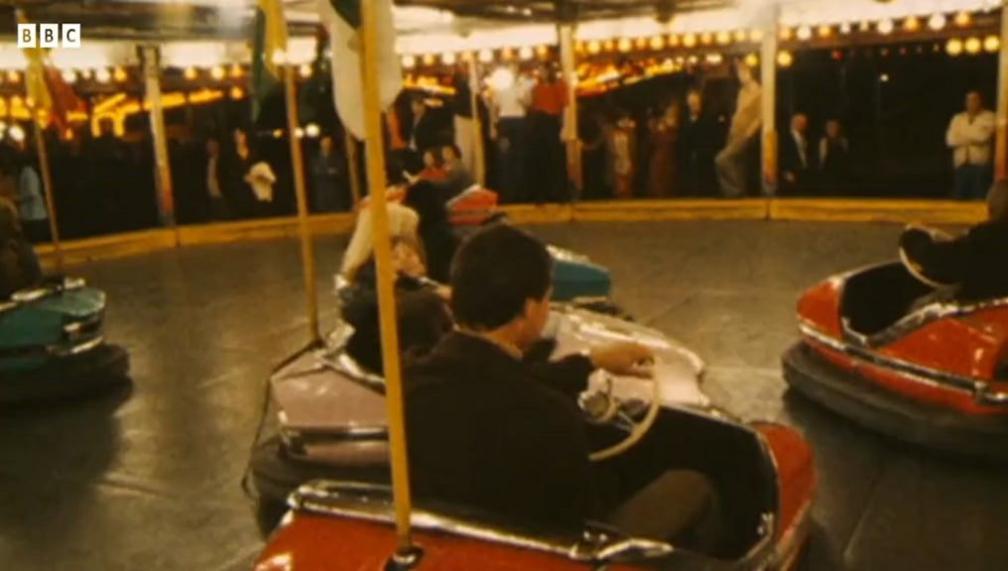
- Published6 October
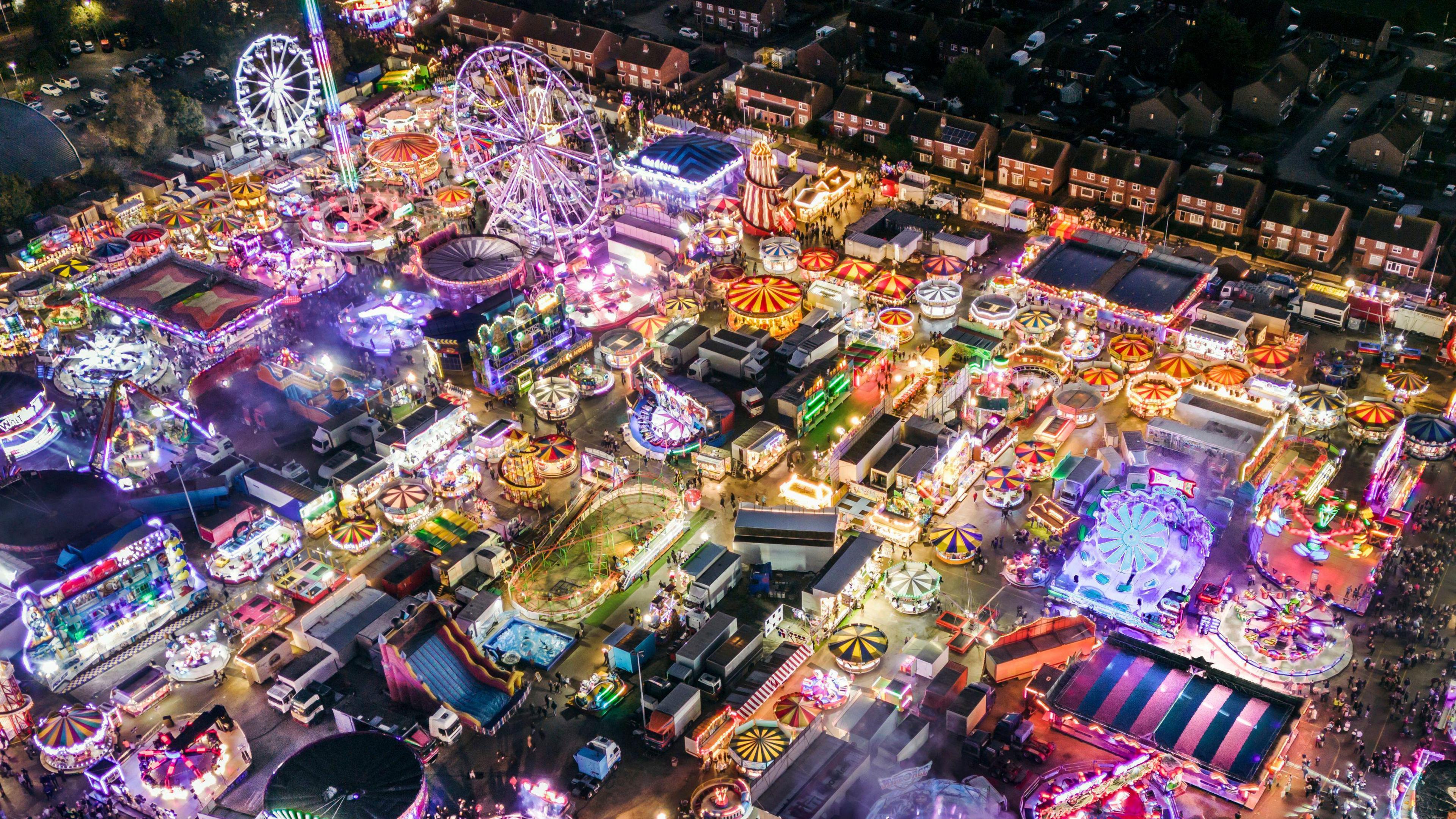
- Published21 September
